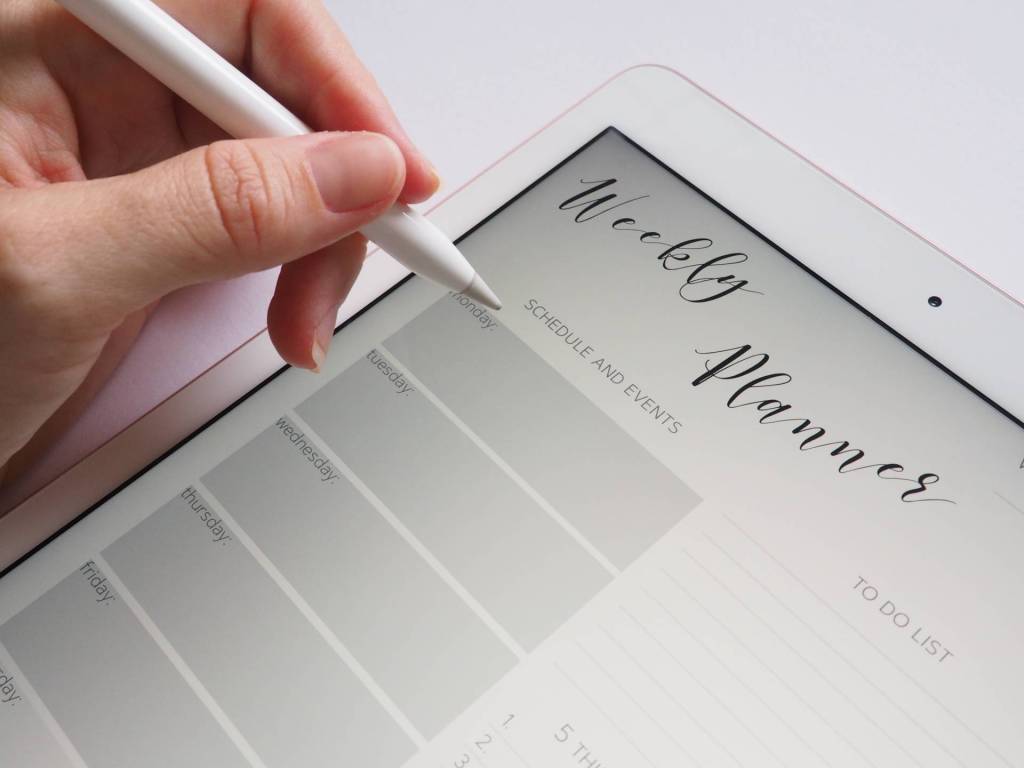 The title of the article says it all when it comes to leading effective meetings. As the sales executive, you are the leader when meeting with clientele.
The title of the article says it all when it comes to leading effective meetings. As the sales executive, you are the leader when meeting with clientele.
False Start
On occasion you may hear someone say, “I can talk to you now, but I only have a few minutes. In a snapshot, tell me what you’ve got.”
Many people fall for this, and proceed to tell everything they’ve got in a two-minute verbiage vomit. The only thing this produces is a mess, and hearing “not interested”.
A far better approach is to ask to schedule a meeting where you may have a give and take to get to know one another better. This lets the other party know you are serious and potentially trustworthy. This normally promotes a scheduled date.
Share Your Story
As we move through life, we take on a variety of roles. The only constant is to be true to self, your principles, and personal brand. The previous sentence is key, because this is the basis for building your personal story.
It is our unique story that serves to build a sound connection and human bond; it also gradually works toward building the relationship and trust.
Begin by asking your prospective client how they began their career or achieved the position they are. People love talking about themselves and this will lend great insight on how to work with your potential client. Then briefly, in two minutes or less, share your story. Try to find an area of commonality to connect a common interest.
Leading the Meeting
Ask prospective clients what caught their interest to learn more. You wouldn’t be in a meeting if there weren’t some need in mind. Inquire as to personal as well as business goals. Then delve deeper to inquire about specific goals for the year and what obstacles might be in the way. The more open you conduct the conversation, the more likely you will be to get the sale. Sales don’t necessarily happen the same day you meet. The sale depends on the expenditure, complexity, and the need for other people to be involved in the process.
Become the Doctor
The second phase of the meeting is to be the doctor of business. What problems or symptoms are being experienced, why do they believe this is the case, and how they see the remedy. Discuss all. Should your belief be different than theirs, ask if they would consider XYZ. Upon hearing, ‘no’, ask why and prior experiences. Hearing ‘yes’, mark a star to capitalize on that segment.
Transform into Problem Solver
Some conversations only require a simple on the spot idea for solution while others require a well thought out proposal based upon everything discussed. Get the Client to Announce They Wish to Buy Two questions to be asked prior to ending the meeting are:
1. Do my services appear to be what you are seeking?
2. Do you believe me to be a provider who will serve your company well?
Hearing “Yes” as an answer to each question signals you are well on your way. Confirm your conversation prior to leaving the meeting.
Following these suggestions will lead you to the Smooth Sale!












